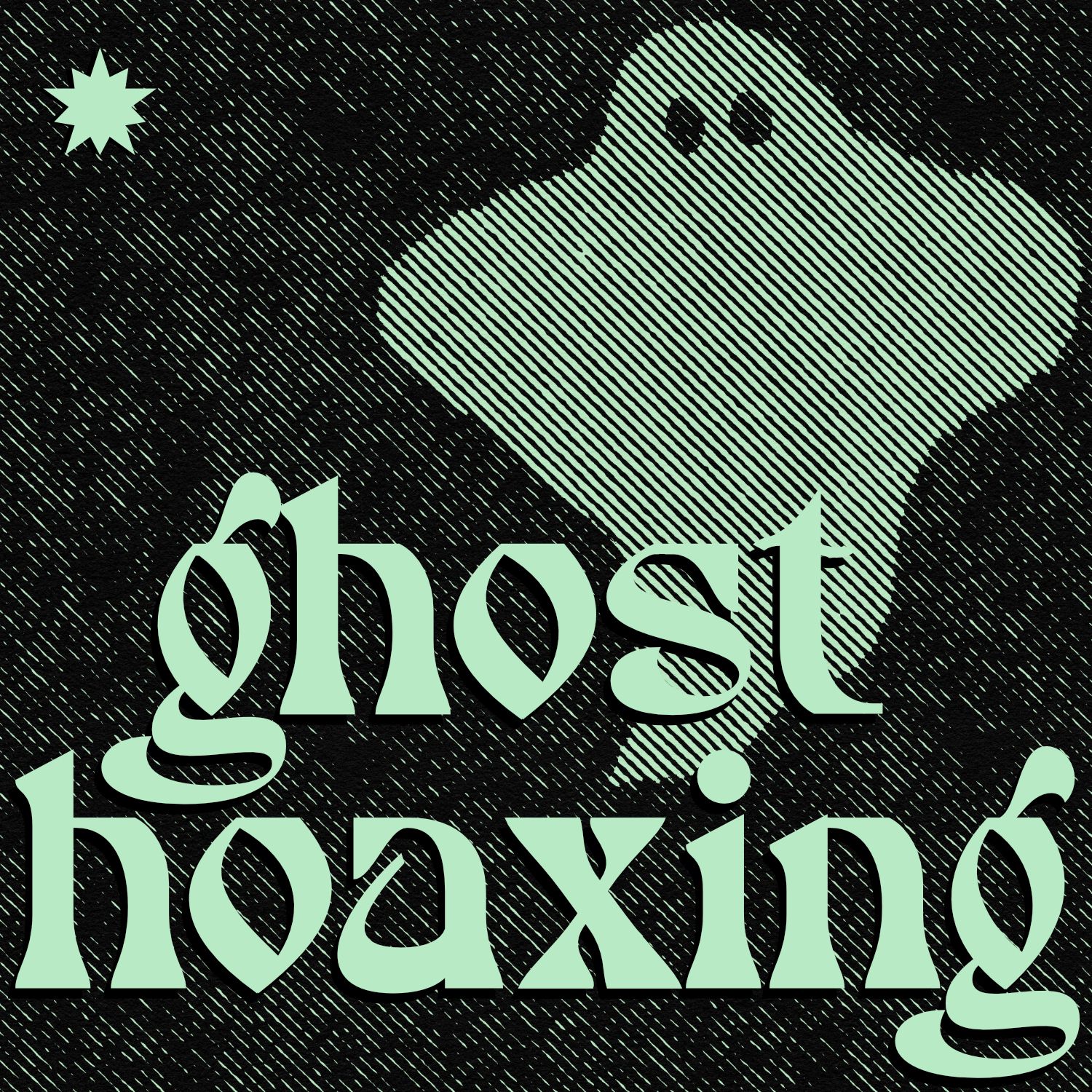Victorian Ghost Hoaxers: Part 1

Note: This contains mentions of vigilantism and angry mobs.
Did you know that in late 19th century Australia, ordinary people would dip sheets in toxic glowing paint and run around at night pretending to be ghosts?
I dug up this oddball story way back in 2020, and my then-cohost and I did a whole podcast episode about it. (Which you can listen to wherever you get podcasts.) Since that was a while ago, I wanted to revisit the story in a few blog posts. So buckle up; it's a weird one.
The story involves a angry mob chasing a preacher; a protective mom siccing her dog on a creepy dude; calls for vigilante justice; hallucinogenic moonshine and a “very fine” draper’s dummy; a lady dressed up in a glow-in-the-dark wedding dress and playing guitar on a rooftop, and more.
A Plea for Ghosts
The year is 1882. The place: Victoria, Australia.
Ghost stories abounded in 19th century Australia, particularly in the state of Victoria: places like Melbourne, Ballarat, and Bendigo had become hotbeds of spiritualism by the 1870s.
There were plenty of reasons for that. Among them: In the 1850s, a lot of immigrants moved to the area to mine gold, which brought a lot of new folklore and beliefs to the area. In the 1860s, a handful of orators gave lectures about how it’s so sad that science has vanquished the idea of ghosts. The general argument seemed to be that people had lost the sense of the sublime.
One speech, "A Plea for Ghosts," was given by David Blair of Melbourne, caused a stir, inspiring newspaper articles and letters to the editor. It seemed to really hit home because it resonated with folks' concerns about the spiritual health of the area. At the time, there were tons of ghost sightings, exorcisms, and known hoaxes. There was also that very 19th century tension between religious and scientific ideas.
An editorial published in the Argus, a Melbourne newspaper, said:
It is a noticeable symptom of the reactionary movement against the materialistic philosophy so much in vogue at the present day that ghosts, after having been objects of contempt to the educated and intelligent classes for some generations, are beginning to grow again into favour. We are not now alluding to the phenomena of spiritualism, which some years ago threatened to make the spirits of the dead quite as common as, and a great deal more commonplace than, the persons of the living. But outside the obscure regions tenanted by this creed, there are distinct signs that ghosts, which we thought were laughed out of existence by the robust common sense of the eighteenth century, are creeping back into the world, revisiting again the glimpses of the moon, in these rather sickly times of the moribund nineteenth century.
In 1881, 400 people gathered at the Galloway monument in Ballarat to listen to speakers discuss ghosts and spiritualism. However, when a preacher denigrated spiritualism and claimed that ghosts were agents of the devil, an angry mob chased him down the street. So that was the vibe at the time.
Also adding to the haunted atmosphere were numerous (fiction and "true") stories about headless horsemen, women in white, headless animals, and ghosts of murdered victims. That being said, most of the articles I found were skeptical, tongue-in-cheek pieces. Many stories claimed that the ghosts were all hoaxers trying to rob people and cause mayhem.
Vigilante ghostbusters
By the 1890s, people complained of the "ghost nuisance" because of the amount of public time and money that was expended to investigate reports of ghostly occurrences. It didn't help that fast-growing cities like Ballarat didn't have widespread street lighting.
Some editorials suggested that armed constables and vigilantes patrol abandoned buildings and cemeteries and shoot all ghosts on sight (with buckshot). They reasoned that real ghosts wouldn’t be hurt and pranksters would learn a lesson.
Hallucinations
There did seem to be tons of pranks, or at least false alarms. One tale of a headless, ghostly dog was revealed to be a cat with its head trapped in a lobster tin.
A stockman was terrified of a female headless horsewoman (who he mentioned had "a fine body"). It turned out that the ghostly "woman" was nothing more than an abandoned draper's dummy lying next to an old log. It turned out that the witness may have consumed adulterated alcohol and hallucinated the spirit.
At the time, a lot of alcohol was poor quality and laced with opiates and toxic substances that could cause hallucinations. So some of the ghost sightings in the area could have just been people tripping out.
This post doesn’t link to sources as comprehensively as usual, because it's based on an old episode of Buried Secrets Podcast. I wrote this based on the original episode notes, which I penned when I was worse at adding specific in-line citations. But all of the sources I used are linked at the bottom of the episode shownotes page. The main source that I used for the episode was "Playing the Ghost" by Dr. David Waldron.

